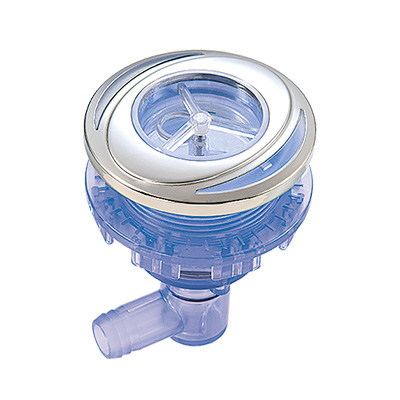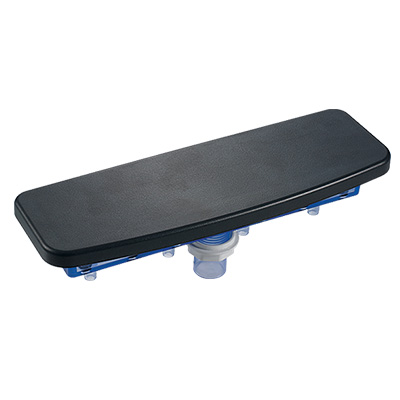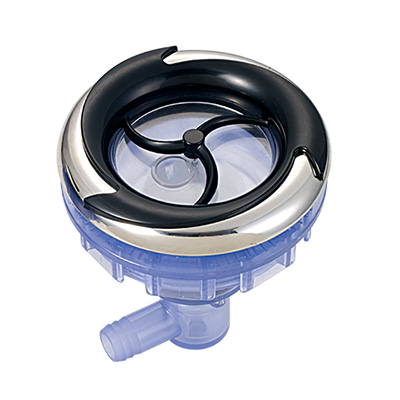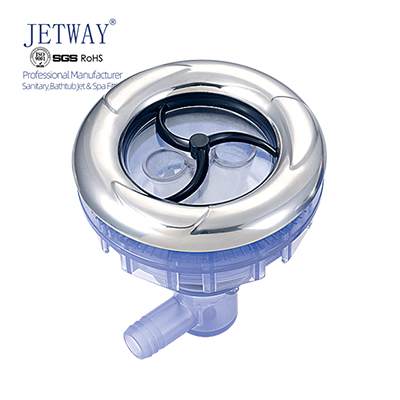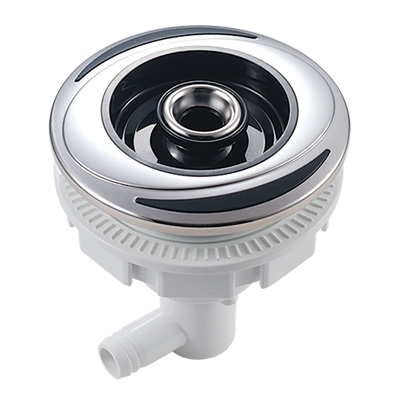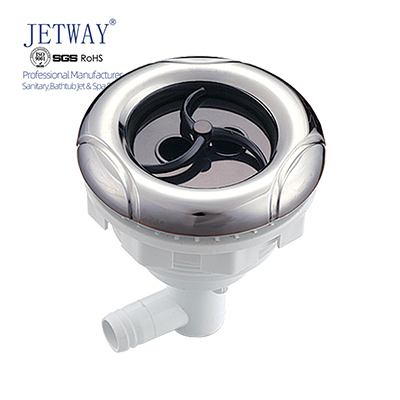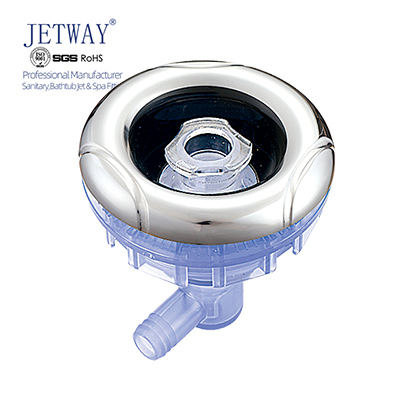Jetway P-M351ST Hydro Massage Whirlpool Nozzle Bathtub LED Light System Hottub Spa Jet 1″-5″
Quick Details
● Product Name: Jetway SPA Jet
● Model Number: P-M351ST 1” to 5”
● Surface Material: PVC Body+PVC cover
● Massage Type: Whirlpool massge jet,Combo Massage
● Face: Chrome ABS
● Function: Massage Spa for Live
● Usage: Outdoor,Bathroom,Washroom,Hotel
Product Display
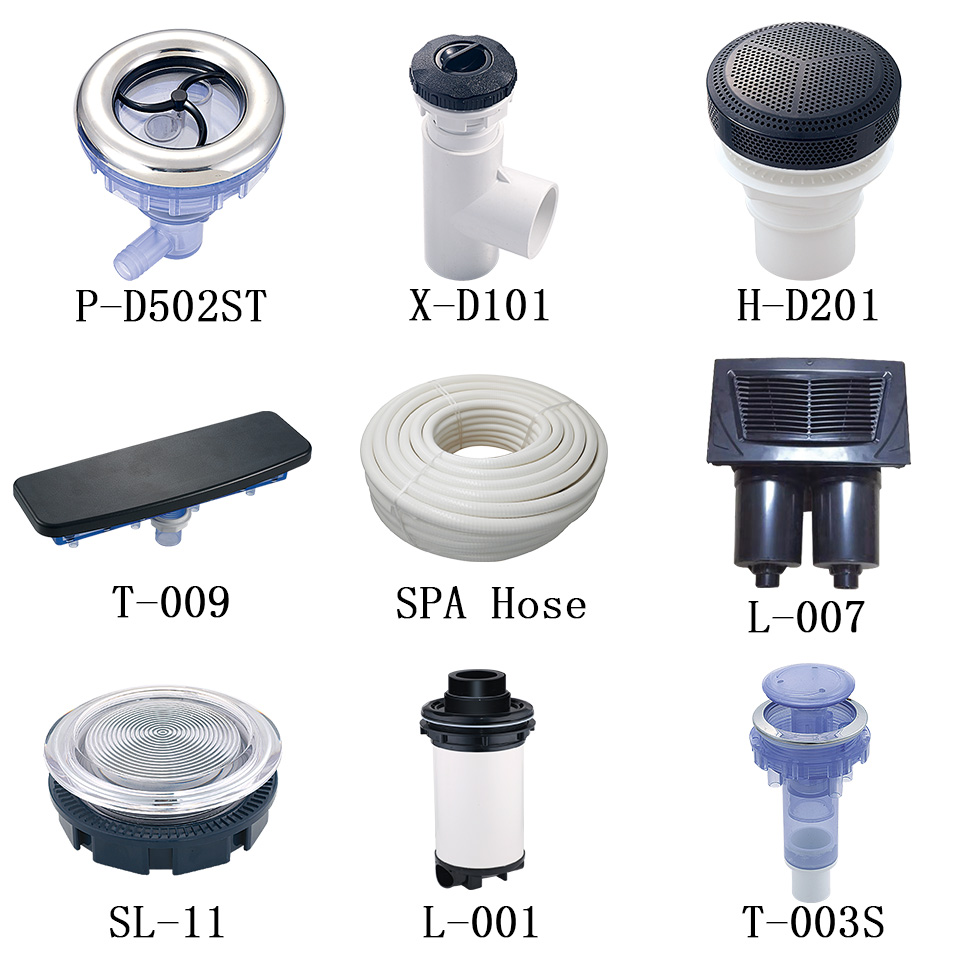
Applications
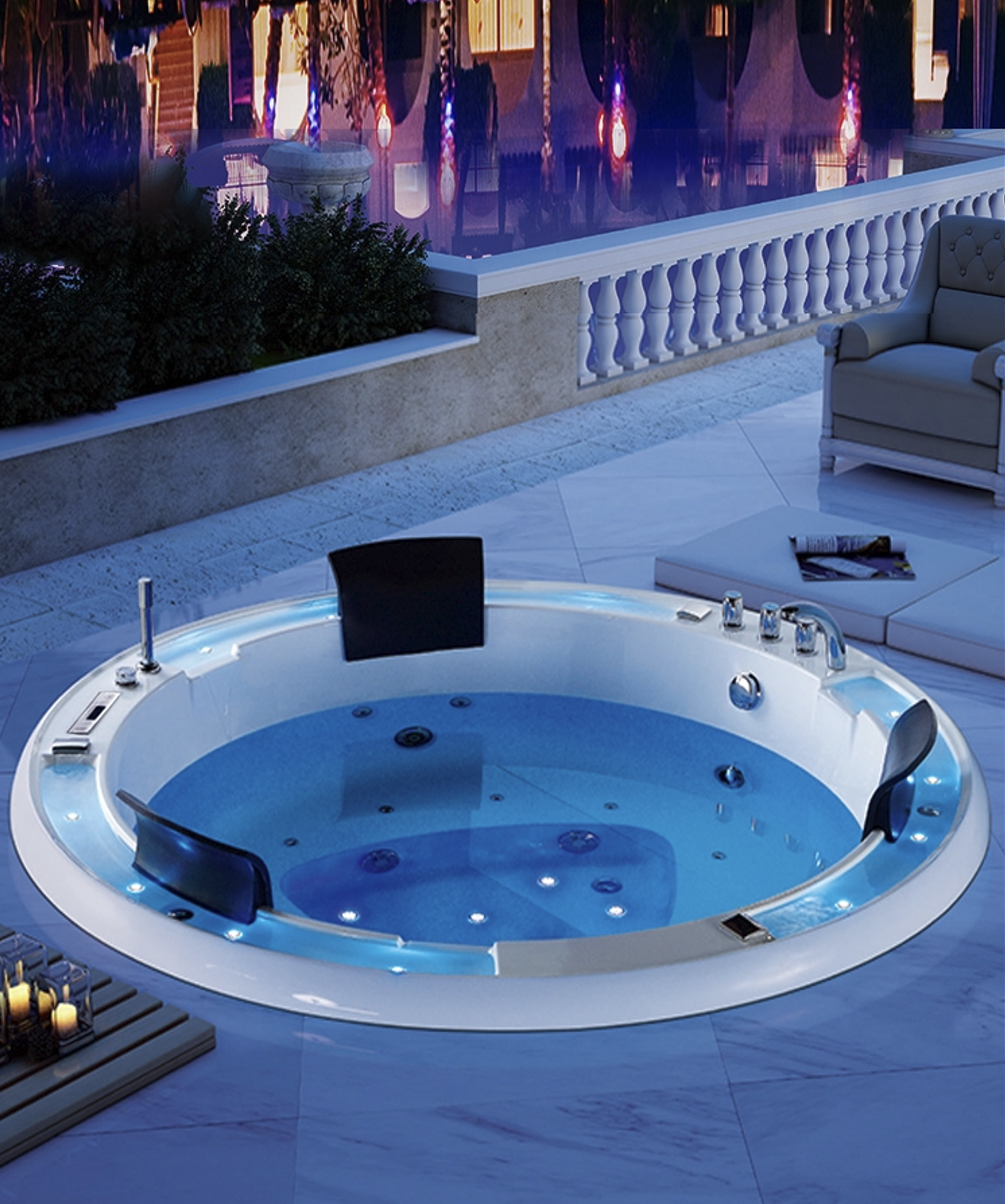
FAQ
1. Q:Are you a factory outlets or trading company?
A:We are a factory outlets.
2. Q:If small order is acceptable? Yes,trial order is welcome!
A:Yes,trial order is welcome!
3. Q:Could you offer us samples?
A:Yes, generally, free sample for 1~2pcs, and the freigt you need to bear.
4. Q:What’s your shipment terms?
A:Generally, if samples, by air or by express; If bigger order by sea.
5. Q:Could you put our logo on the packing?
A:Yes, it is easy to print your logo on the packing.
6. Q:What’s your package?
A:In standard export cartons, but could be designed as your request.
7. Q:What’s your main port of lading?
A:FoShan/GuangZhou/ShenZhen/ShangHai/NingBo.
Packaging and Shipping

Certificates
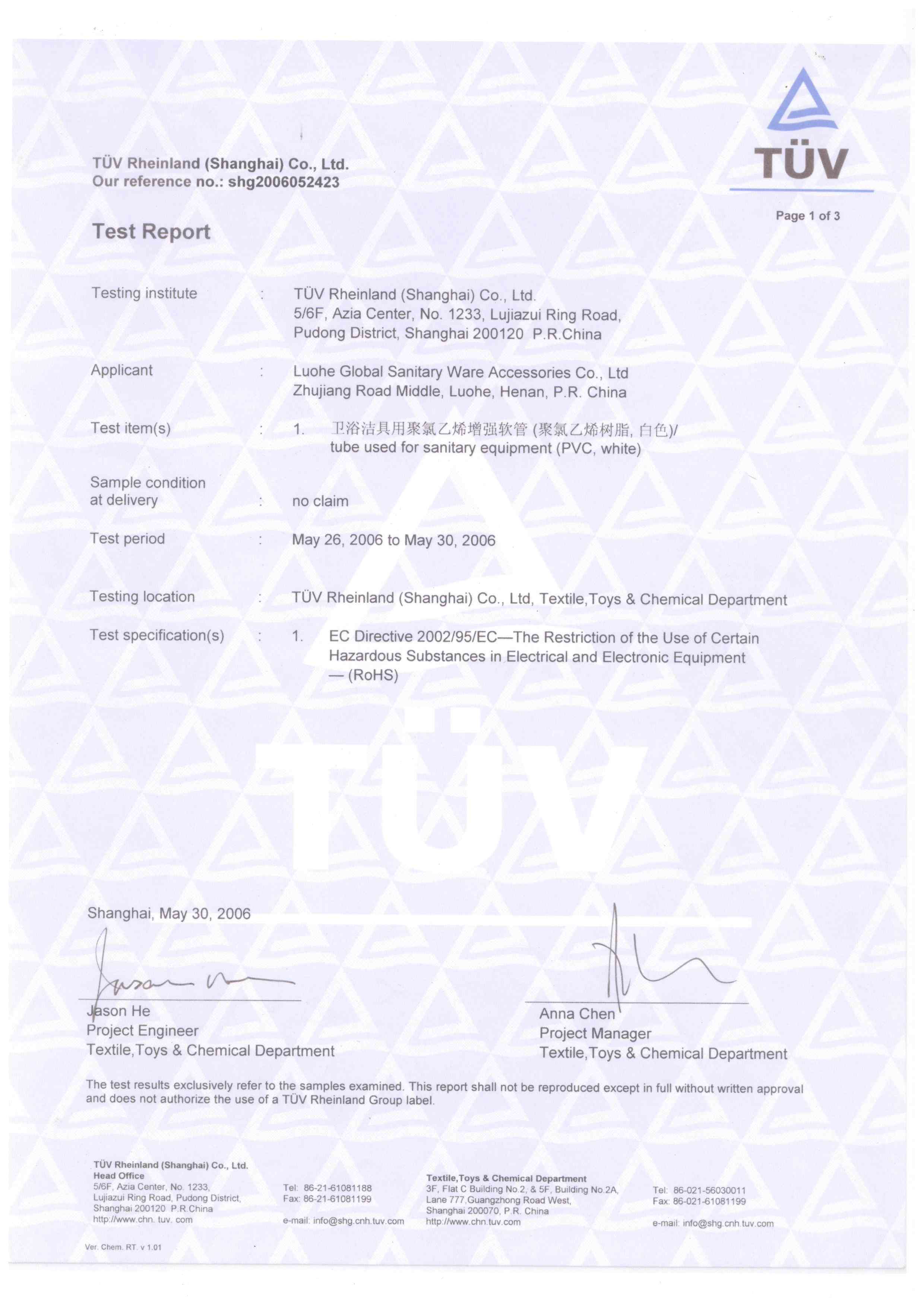
1.png)
3-213x300.png)
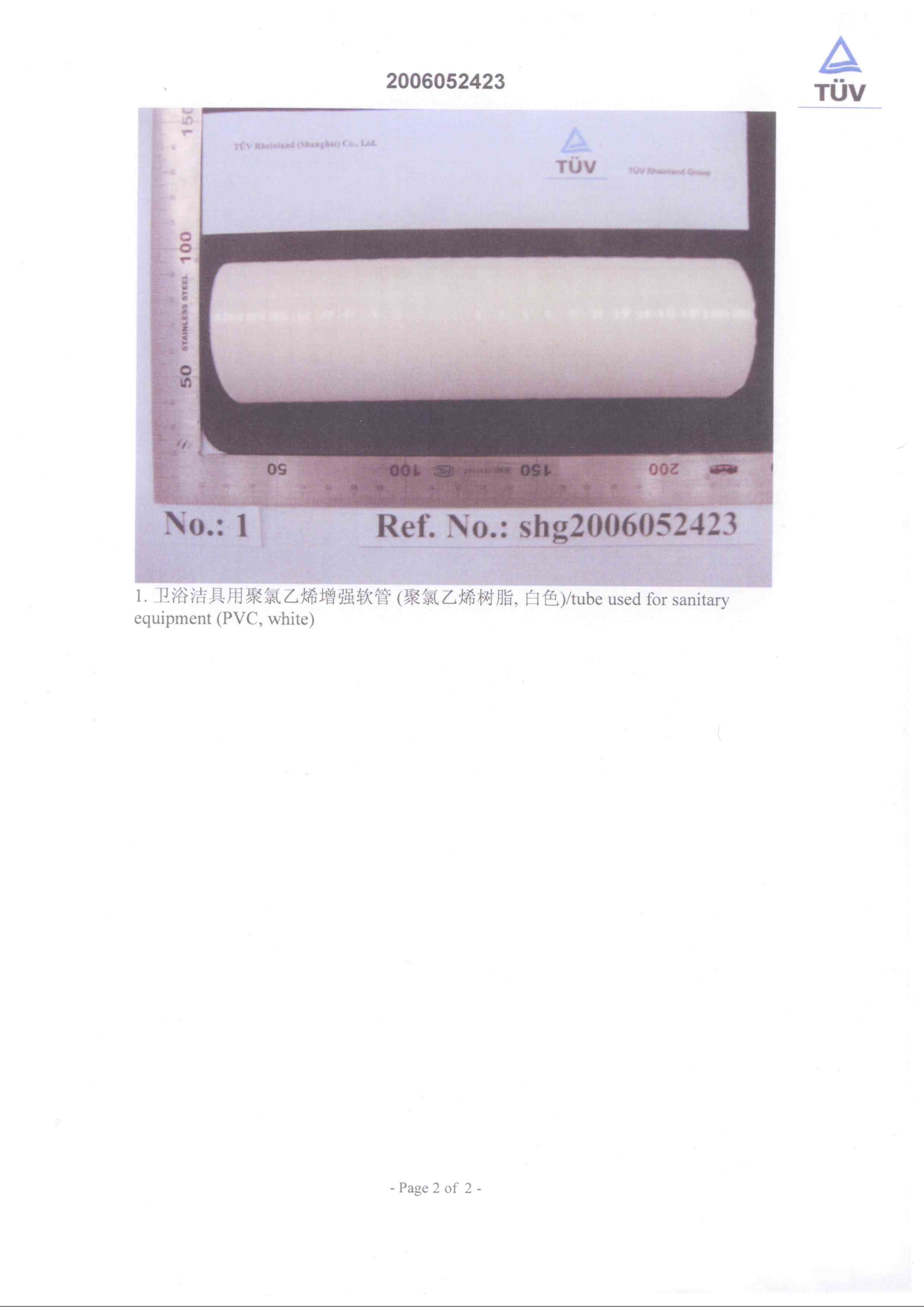
1.png)
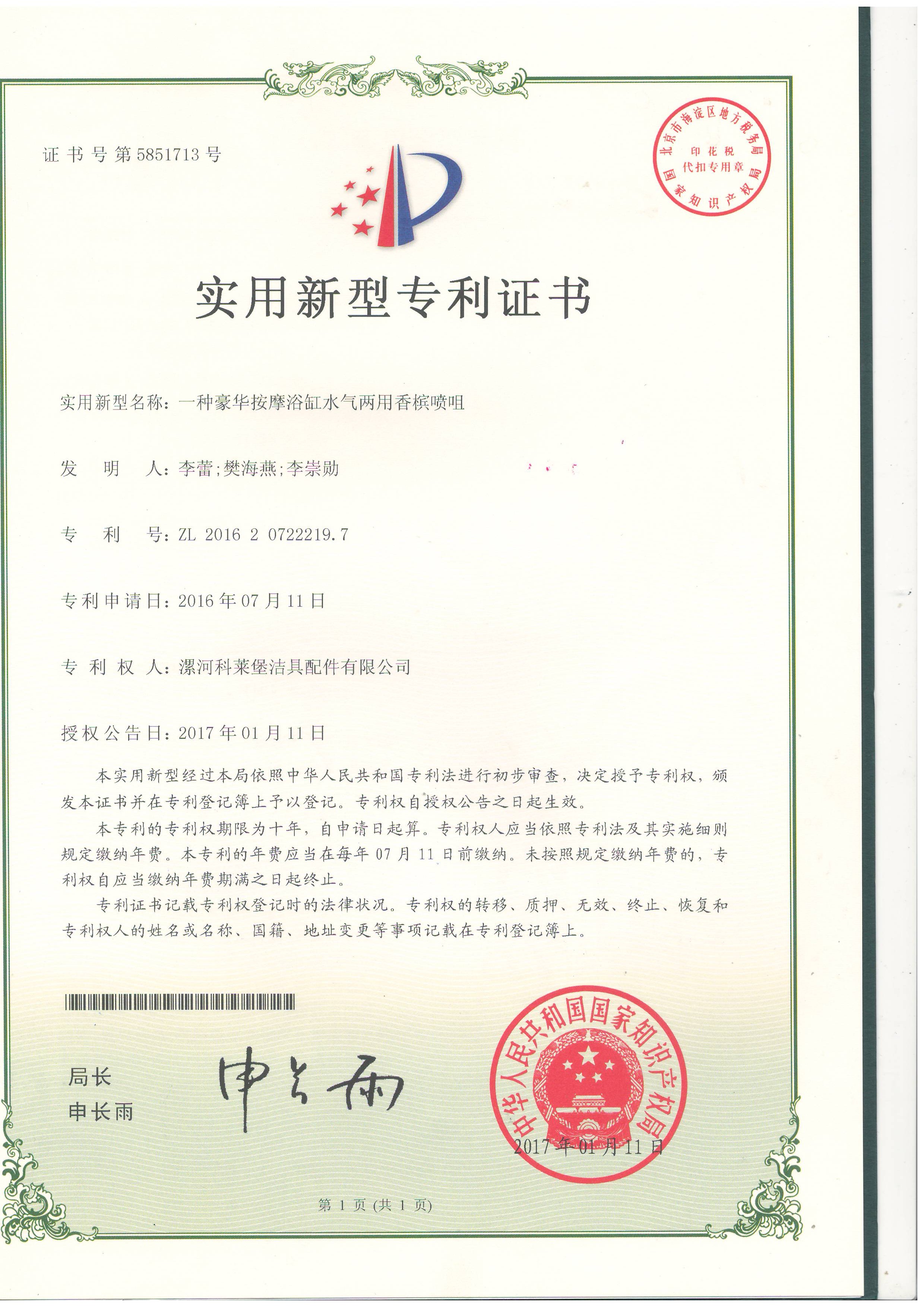

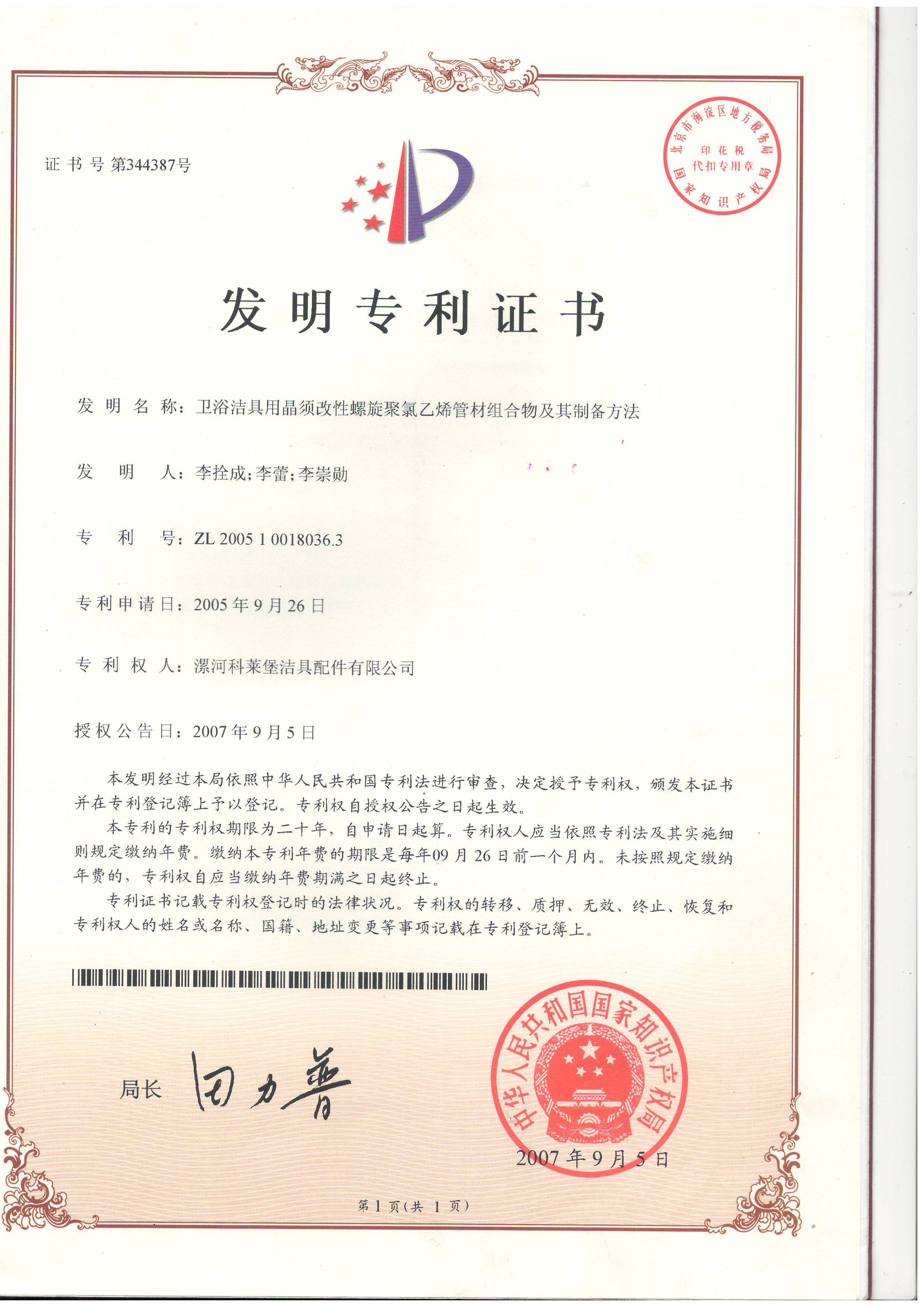
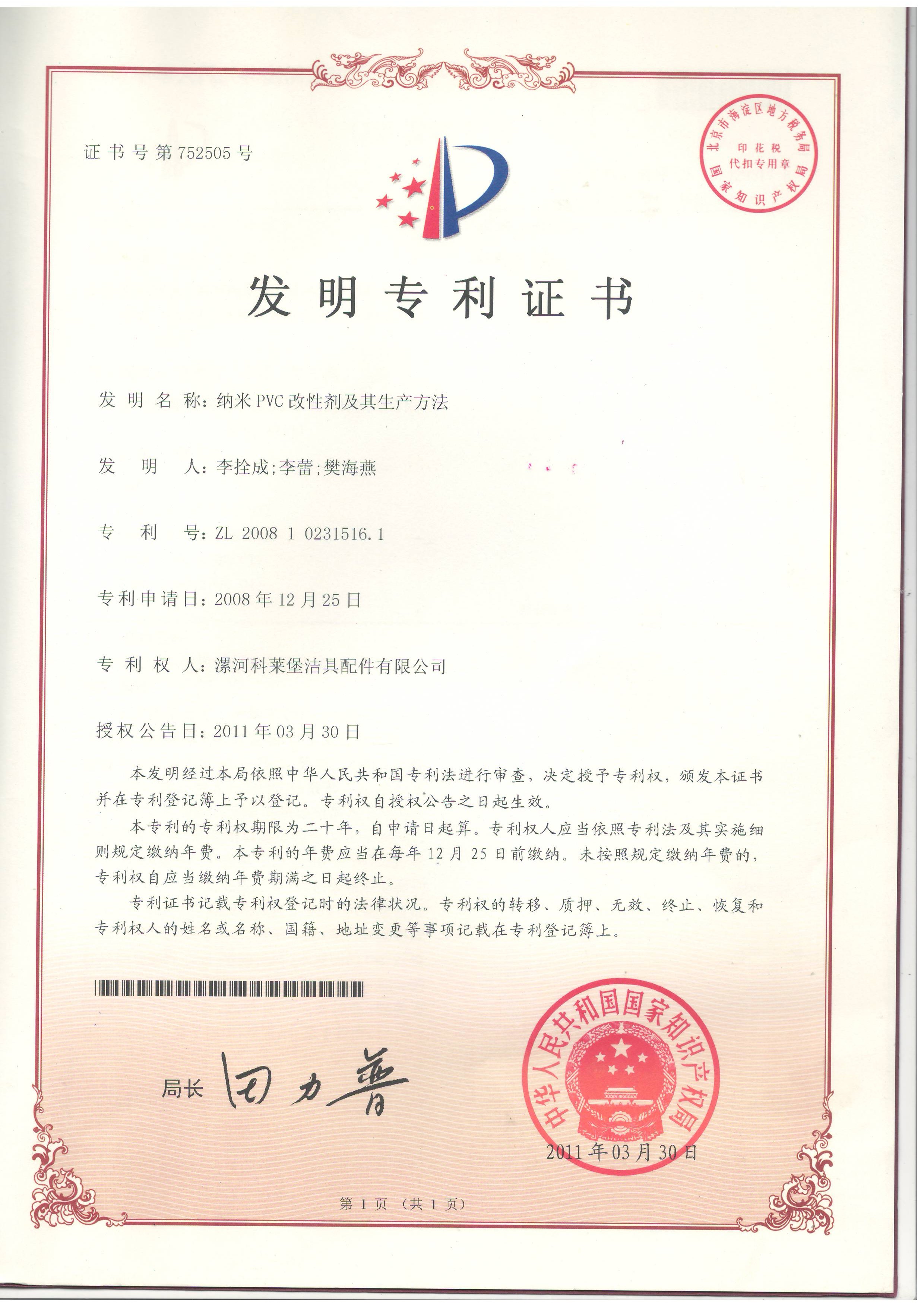
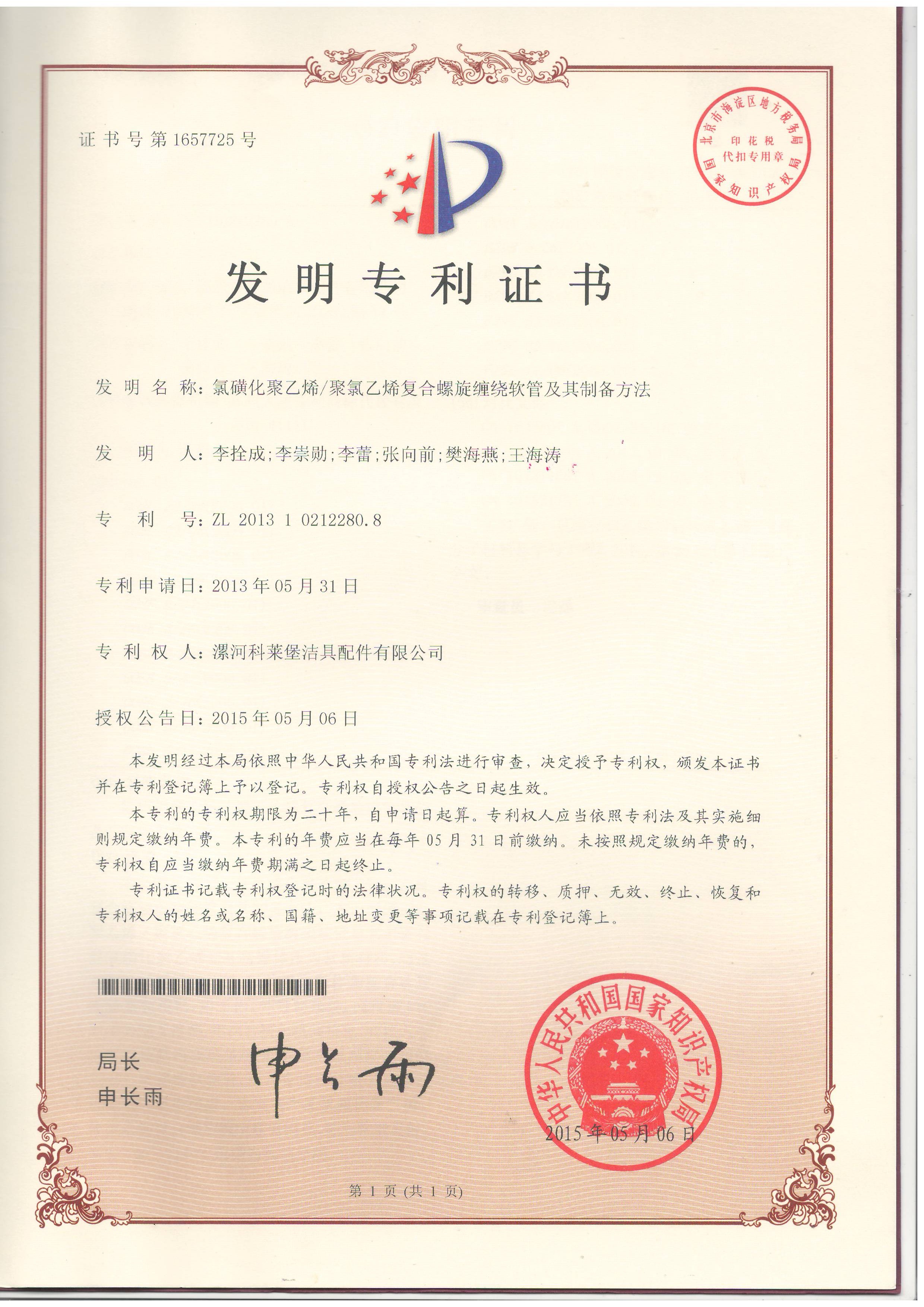
Customer Feedback

Photos of Exhibition Customers Collection

Welcome to Visit Our Factory
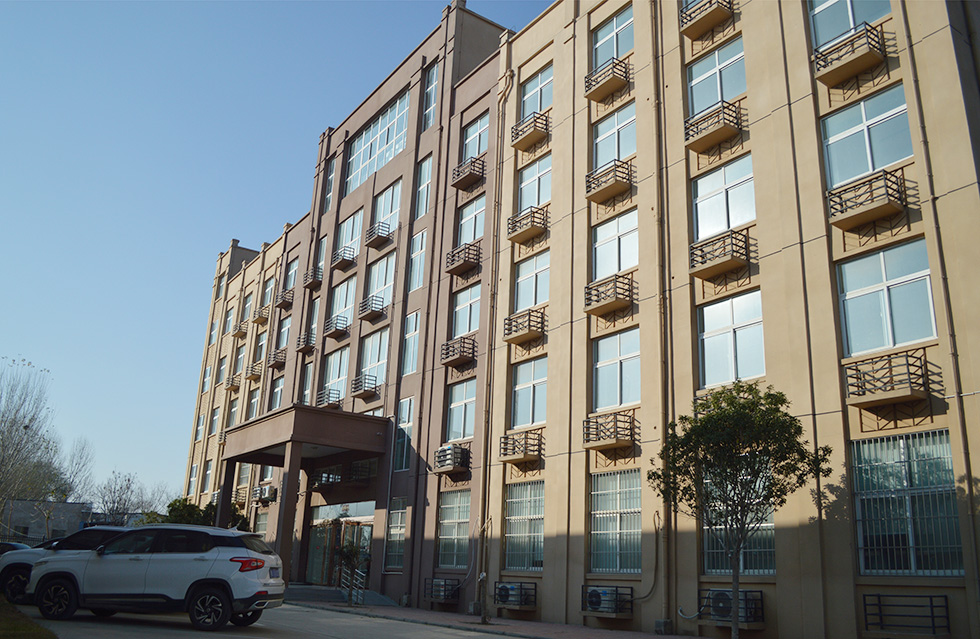

News
Spa jet is connection to hot tub
The spa jet of the hot tub consists of:
A hot tub is a large tub full of water used for hydrotherapy, relaxation or pleasure. Some have powerful jets for massage purposes. Hot tubs are sometimes also known as "spas" or by the trade name Jacuzzi.[1]
In contrast to a typical bathtub, a hot tub is designed to be used by more than one person at a time, with many models accommodating four or more people. Hot tubs are usually[citation needed] located outdoors, although they can be installed indoors. Another difference between baths and hot tubs is that soaps and shampoos are not used in wet-jetted hot tubs (although they can be used in air-jetted hot tubs). Home hot tubs are often closer in construction to standard bathtubs, while the construction of a public hot tub often has more in common with a swimming pool, of which it can be considered a type.
Spa jet on hot tub’s history?
The earliest hot tubs were calderas in which hot stones were placed to heat the water.[citation needed] Therma in Ikaria has been a very popular place particularly for hydrotherapy ever since the 4th century B.C.[2] The remains of wrecked marble bathtubs along with a prehistoric aqueduct that have been unearthed from this area bear ample testimony of the place's popularity in the ancient times.[2]
In 737 A.D., Japan's first onsen opened near Izumo, Shimane, and centuries later, the first ryokan (inns) were built, offering food, accommodations, and soaking tubs called ofuro.
In ancient Rome, there were three types of baths: Baths at home (balnea), private baths (balnea privata), and public baths (balnea publica). The practice of bathing was so engrained that the Roman legions, during their long occupations in foreign lands, built their own baths at mineral and thermal springs in the newly conquered lands. Examples are found all over Europe.[3]
In the 1940s, hot tubs began to appear in the US, inspired by the Japanese ofuro. Hydrotherapy pumps were introduced by Jacuzzi. Fiberglass shell hot tubs appeared around 1970 and were soon superseded by cast acrylic shells.
What you Need to Know about your Hot Tub's spa Jets
How do your jets operate? Essentially, your hot tub water flows through powerful pumps and mixes with outside air to push out reused, hot water:
Recycled water from your hot tub flows through a filtration system and then moves through a pump towards the jet opening.
Air valves allow outside air to compress with the water and is then heated.
The pump, which controls the force or power of the water, then pushes the water out the jet.
spa jet comes from spa.
A spa is a location where mineral-rich spring water (and sometimes seawater) is used to give medicinal baths. Spa towns or spa resorts (including hot springs resorts) typically offer various health treatments, which are also known as balneotherapy. The belief in the curative powers of mineral waters goes back to prehistoric times. Such practices have been popular worldwide, but are especially widespread in Europe and Japan. Day spas and medspas are also quite popular, and offer various personal care treatments.
In the 19th century, bathing became a more accepted practice as physicians realized some of the benefits that cleanliness could provide. A cholera epidemic in Liverpool, England in 1842 resulted in a sanitation renaissance, facilitated by the overlapping hydropathy and sanitation movements, and the implementation of a series of statutes known collectively as "The Baths and Wash-houses Acts 1846 to 1896".[16][17][18][19] The result was increased facilities for bathing and washed clothes, and more people participating in these activities.
In most instances, the formal architectural development of European spas took place in the 18th and 19th centuries. The architecture of Bath, England, developed along Georgian and Neoclassical lines, generally following Palladian structures. The most important architectural form that emerged was the "crescent" — a semi-elliptical street plan used in many areas of England. The spa architecture of Carlsbad, Marienbad, Franzensbad, and Baden-Baden was primarily Neoclassical, but the literature seems to indicate that large bathhouses were not constructed until well into the 19th century. The emphasis on drinking the waters rather than bathing in them led to the development of separate structures known as Trinkhallen (drinking halls) where those taking the cure spent hours drinking water from the springs.[8]
In the Southeastern Europe, development of the spa resorts took place mostly in the second half of the 19th century. So it was also with the Slatina Spa in the Republic of Srpska, BiH, where the thermal and healing springs were discovered in the Roman times. Development of the spa resort in Slatina began in the 1870s, when the first modern spa facilities were built.
By the mid-19th century, the situation had changed dramatically. Visitors to the European spas began to stress bathing in addition to drinking the waters. Besides fountains, pavilions, and Trinkhallen, bathhouses on the scale of the Roman baths were revived. Photographs of a 19th-century spa complex taken in the 1930s, detailing the earlier architecture, show heavy use of mosaic floors, marble walls, classical statuary, arched openings, domed ceilings, segmental arches, triangular pediments, Corinthian columns, and all the other trappings of a Neoclassical revival. The buildings were usually separated by function — with the Trinkhalle, the bathhouse, the inhalatorium (for inhaling the vapors), and the Kurhaus or Conversationhaus that was the center of social activity. Baden-Baden featured golf courses and tennis courts, "superb roads to motor over, and drives along quaint lanes where wild deer are as common as cows to us, and almost as unafraid".[8]
The European spa, then, started with structures to house the drinking function — from simple fountains to pavilions to elaborate Trinkhallen. The enormous bathhouses came later in the 19th century as a renewed preference for an elaborate bathing ritual to cure ills and improve health came into vogue. European architects looked back to Roman civilizations and carefully studied their fine architectural precedents. The Europeans copied the same formality, symmetry, division of rooms by function, and opulent interior design in their bathhouses. They emulated the fountains and formal garden spaces in their resorts, and they also added new diversions. The tour books always mentioned the roomy, woodsy offerings in the vicinity and the faster-paced evening diversions.[8]
Waterfall, Carolus Spa, Aachen, Germany
By the beginning of the 19th century, the European bathing regimen consisted of numerous accumulated traditions. The bathing routine included soaking in hot water, drinking the water, steaming in a vapor room, and relaxing in a cooling room. In addition, doctors ordered that patients be douched with hot or cold water and given a select diet to promote a cure. Authors began writing guidebooks to the health resorts of Europe explaining the medical benefits and social amenities of each. Rich Europeans and Americans traveled to these resorts to take in cultural activities and the baths.[8]
Each European spa began offering similar cures while maintaining a certain amount of individuality. The 19th-century bathing regimen at Karlsbad can serve as a general portrayal of European bathing practices during this century. Visitors arose at 6 am to drink the water and be serenaded by a band. Next came a light breakfast, bath, and lunch. The doctors at Karlsbad usually limited patients to certain foods for each meal. In the afternoon, visitors went sight-seeing or attended concerts. Nightly theatrical performances followed the evening meal. This ended around 9 pm with the patients returning to their boardinghouses to sleep until 6 the next morning. This regimen continued for as long as a month and then the patients returned home until the next year. Other 19th-century European spa regimens followed similar schedules.[8]
At the beginning of the 20th century, European spas combined a strict diet and exercise regimen with a complex bathing procedure to achieve benefits for the patients. One example will suffice to illustrate the change in bathing procedures. Patients at Baden-Baden, which specialized in treating rheumatoid arthritis, were directed to see a doctor before taking the baths. Once this occurred, the bathers proceeded to the main bathhouse where they paid for their baths and stored their valuables before being assigned a booth for undressing. The bathhouse supplied bathers with towels, sheets, and slippers.[8]
The Baden-Baden bathing procedure began with a warm shower. The bathers next entered a room of circulating, 140 °F (60 °C) hot air for 20 minutes, spent another ten minutes in a room with 150 °F (66 °C) temperature, partook of a 154 °F (68 °C) vapor bath, then showered and received a soap massage. After the massage, the bathers swam in a pool heated approximately to body temperature. After the swim, the bathers rested for 15 to 20 minutes in the warm "Sprudel" room pool . This shallow pool's bottom contained an 8-inch (200 mm) layer of sand through with naturally carbonated water bubbled up. This was followed by a series of gradually cooler showers and pools. After that, the attendants rubbed down the bathers with warm towels and then wrapped them in sheets and covered them with blankets to rest for 20 minutes. This ended the bathing portion of the treatment. The rest of the cure consisted of a prescribed diet, exercise, and water-drinking program.[8]
The European spas provided various other diversions for guests after the bath, including gambling, horse racing, fishing, hunting, tennis, skating, dancing, golf, and horseback riding. Sight-seeing and theatrical performances served as further incentives for people to go to the spa. Some European governments even recognized the medical benefits of spa therapy and paid a portion of the patient's expenses. A number of these spas catered to those suffering from obesity and overindulgence in addition to various other medical complaints. In recent years, the elegance and style of earlier centuries may have diminished, but people still come to the natural hot springs for relaxation and health.[8] In Germany, the tradition survives to the present day. 'Taking a cure' (Kur) at a spa is generally covered to a large amount by both public and private health care insurance. Usually, a doctor prescribes a stay of three weeks at a mineral spring or other natural setting where a patient's condition will be treated with healing spring waters and natural therapies. While the insurance companies used to also cover meals and accommodation, many now only pay for the treatments and expect the patient to pay for transportation, accommodation, and meals. Most Germans are eligible for a Kur every two to six years, depending on the severity of their condition. Germans do still get paid their regular salary during this time away from their job, which is not taken out of their vacation days.[20]


